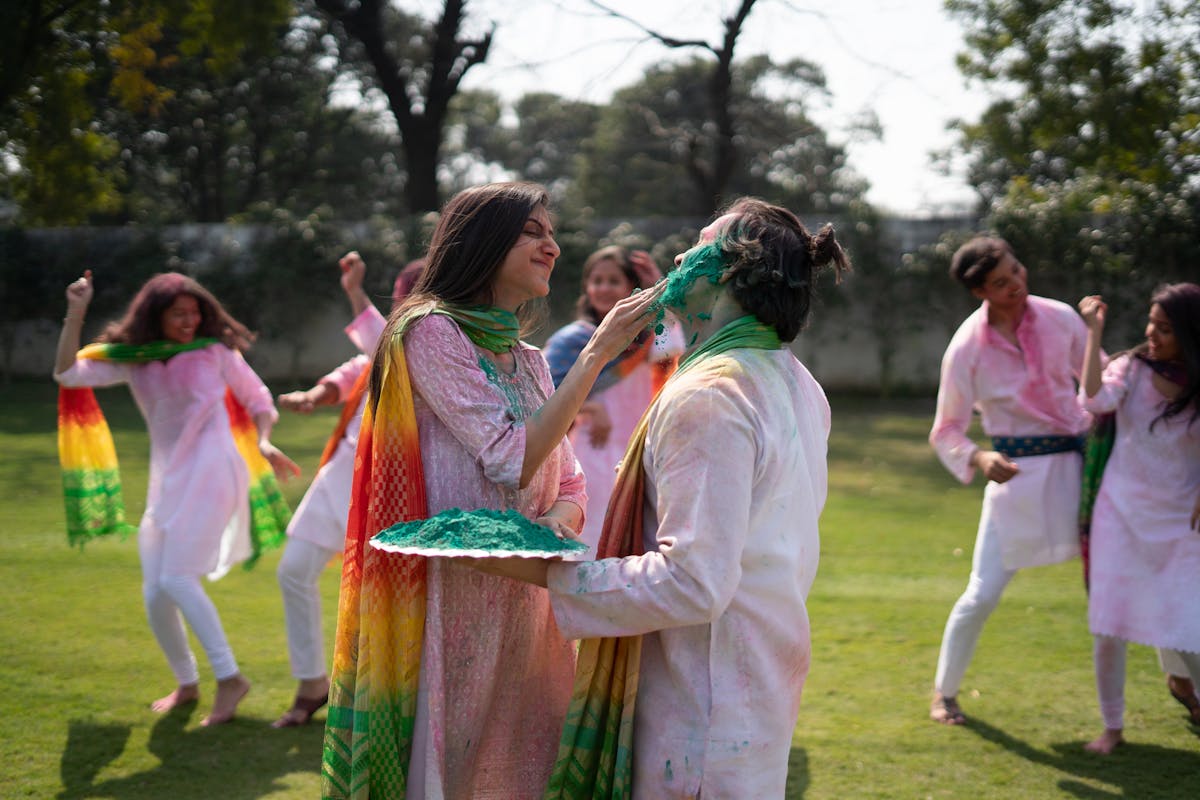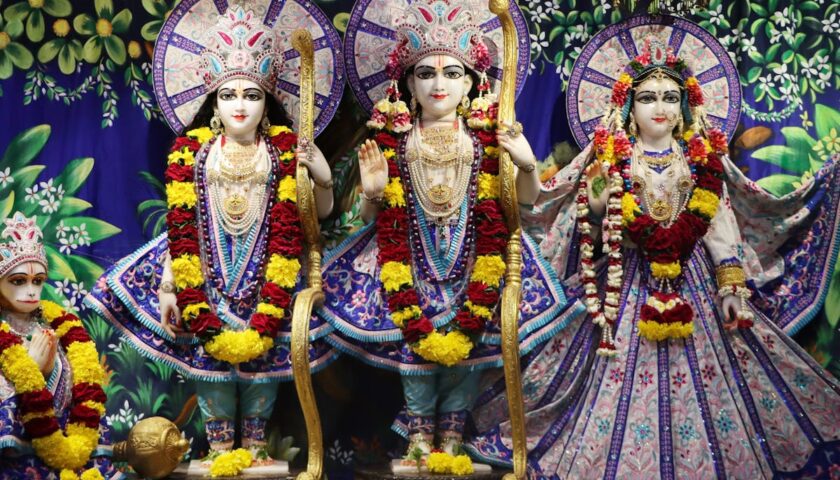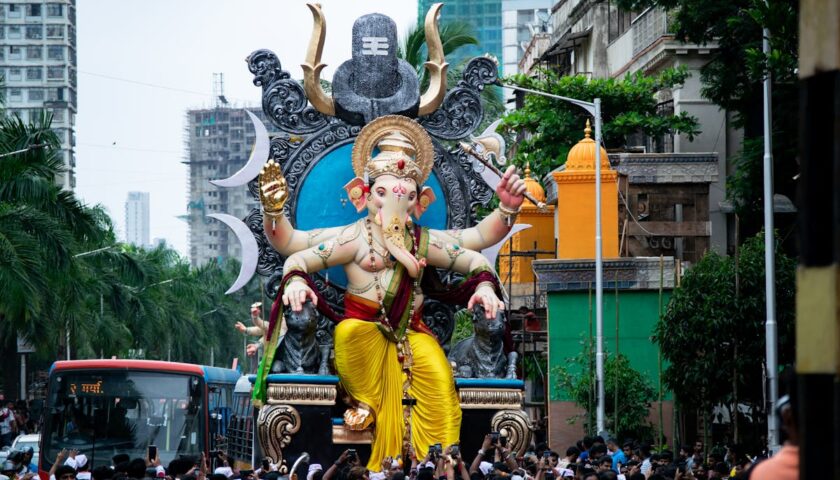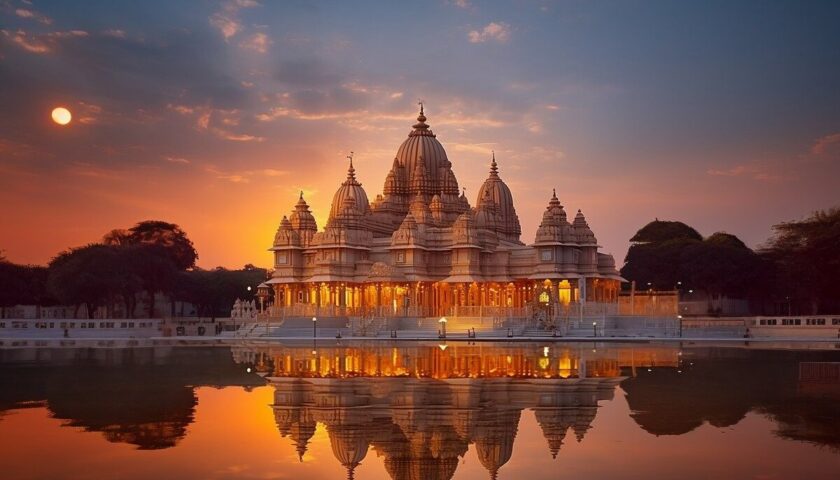India, a land of diverse cultures and festivals, rejoices in a kaleidoscope of colors throughout the year. Among these vibrant celebrations, Rangapanchami holds a special place. It marks the culmination of the Holi festival, one of the most joyous and colorful events in the Indian calendar. Rangapanchami, celebrated predominantly in Maharashtra, Madhya Pradesh, and parts of Karnataka, carries the spirit of Holi to the fifth day after the full moon, adding its own unique flair to the festivities.
Origins and Significance:
Rangapanchami finds its roots in the ancient Hindu mythology and folklore, intertwining with the legends of Lord Krishna. According to popular belief, Lord Krishna, the mischievous deity of love and compassion, enjoyed playing pranks with the gopis (milkmaids) of Vrindavan during Holi. He would drench them in vibrant colors, setting the precedent for the colorful revelry that marks the festival today.
In Maharashtra, the festival is also associated with the legend of Holika and Prahlad, symbolizing the victory of good over evil. As per tradition, on the eve of Rangapanchami, bonfires are lit to commemorate the burning of demoness Holika, signifying the triumph of righteousness.
Celebrations:
The festivities of Rangapanchami commence with great zeal and enthusiasm. People gather in streets and public spaces, armed with vibrant colored powders and water guns called “pichkaris.” The air is filled with laughter, music, and the joyous cries of “Holi Hai!” as friends and family members chase each other, smearing colors and sharing in the jubilation.
One of the most anticipated aspects of Rangapanchami is the traditional folk dance known as “Gair” in Madhya Pradesh and “Dindi” in Maharashtra. Performers clad in colorful attire dance to the beats of traditional drums, adding to the festive fervor. In some regions, processions featuring decorated idols of Lord Krishna are carried through the streets, accompanied by music and chants.
Another highlight of Rangapanchami is the delectable array of traditional sweets and delicacies prepared for the occasion. From the iconic “gujiya” in North India to the savory “puran poli” in Maharashtra, every region offers its own culinary delights to mark the celebration.
Unity in Diversity:
Rangapanchami transcends barriers of age, gender, and social status, uniting people from all walks of life in a colorful tapestry of joy and camaraderie. It serves as a reminder of the cultural richness and diversity that defines India, fostering a sense of belonging and communal harmony.
Moreover, Rangapanchami has gained recognition beyond Indian shores, attracting travelers and enthusiasts from around the world who seek to experience the exuberance of this unique festival firsthand. Its infectious energy and kaleidoscopic spectacle leave an indelible impression on all who partake in its revelry.
Preserving Traditions:
While Rangapanchami has evolved over the years, embracing modern elements and influences, it remains deeply rooted in tradition and cultural heritage. Communities come together to uphold age-old customs and rituals, passing them down through generations and ensuring their continuity for years to come.
In recent times, efforts have been made to promote eco-friendly celebrations, encouraging the use of natural colors derived from flowers and herbs, thus minimizing environmental impact and fostering sustainability.
Conclusion:
Rangapanchami stands as a testament to the vibrant spirit and cultural vibrancy of India. It exemplifies the essence of joy, togetherness, and the triumph of good over evil. As the colors of Rangapanchami paint the landscape in hues of joy and merriment, they also serve as a reminder of the timeless traditions and values that bind communities together, making it a celebration cherished by millions across the country and beyond.





